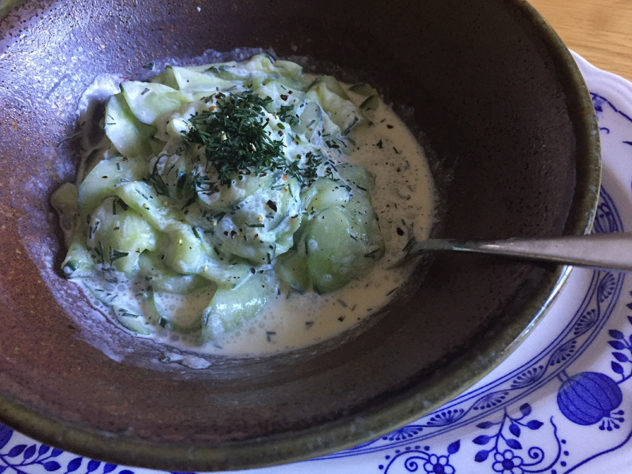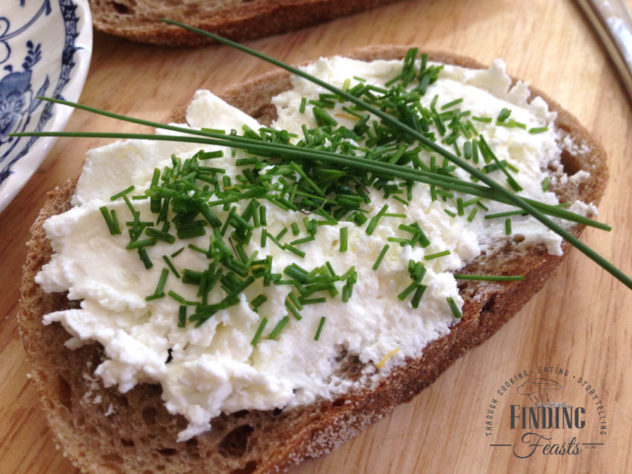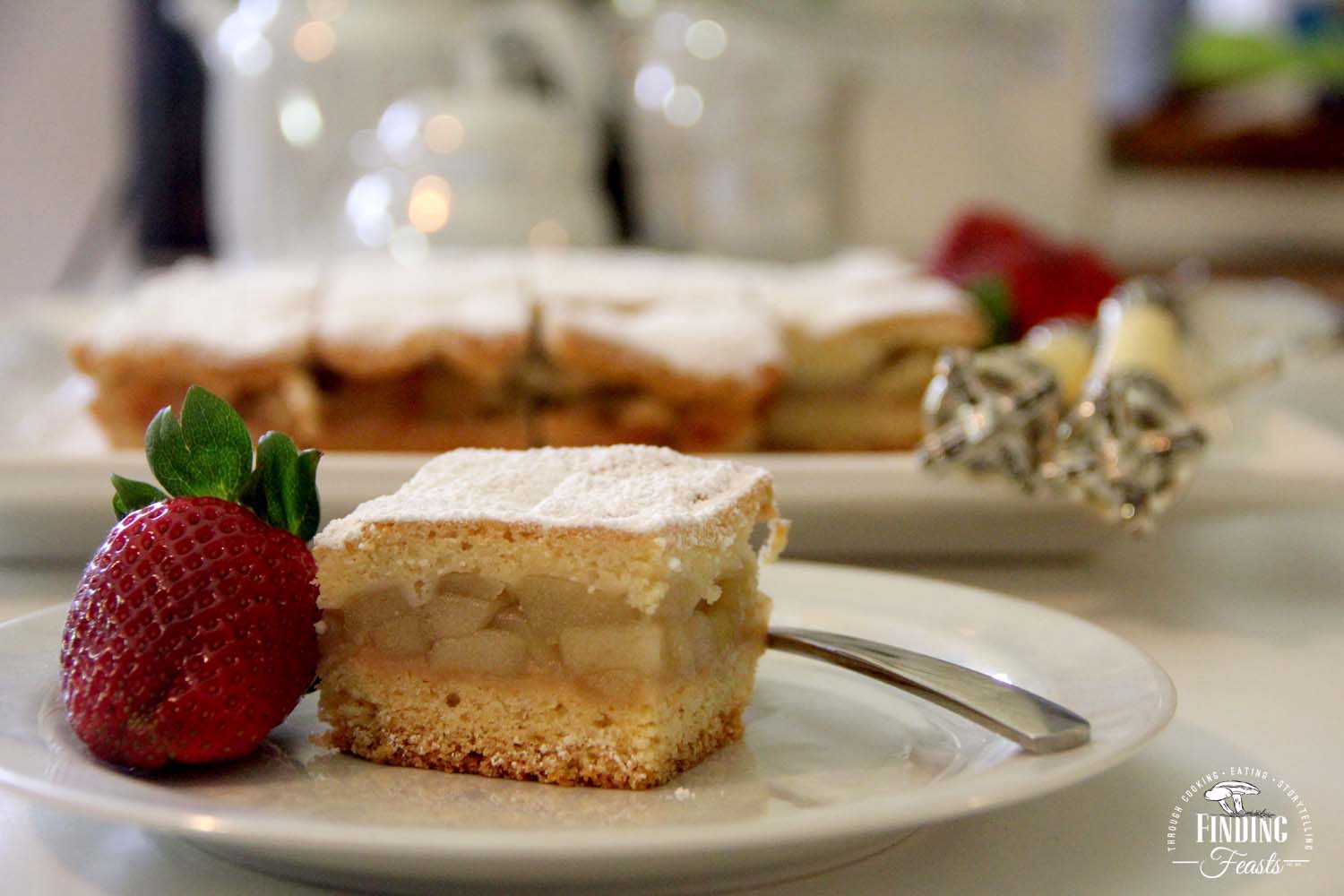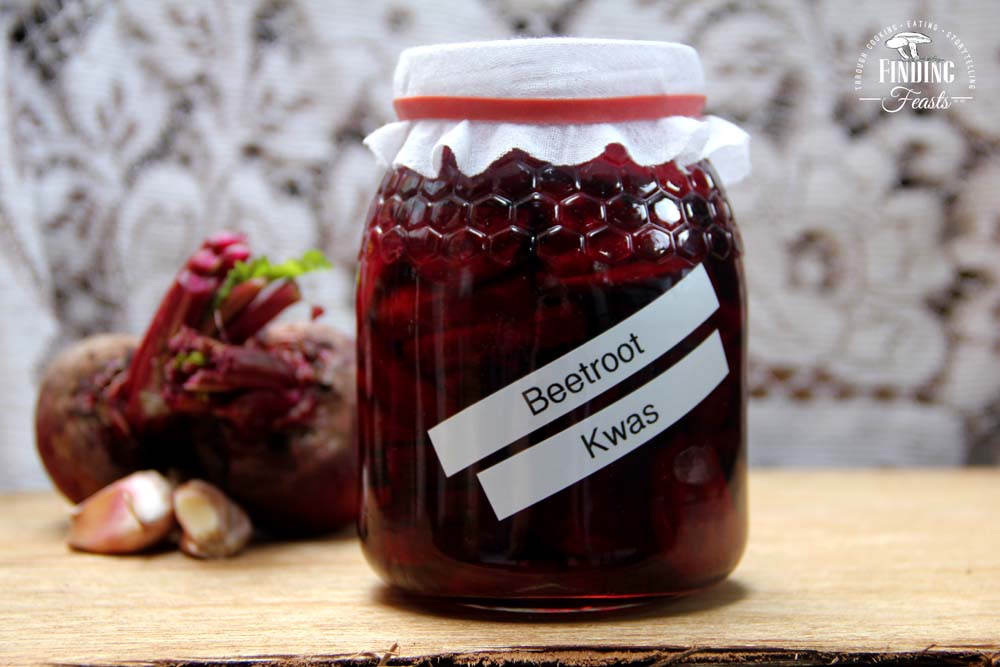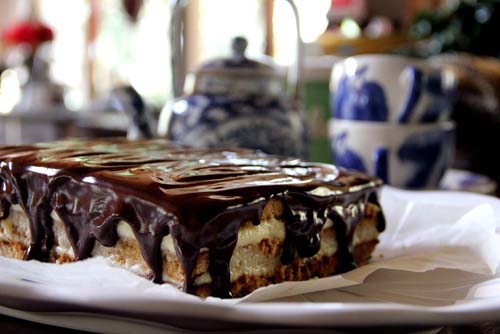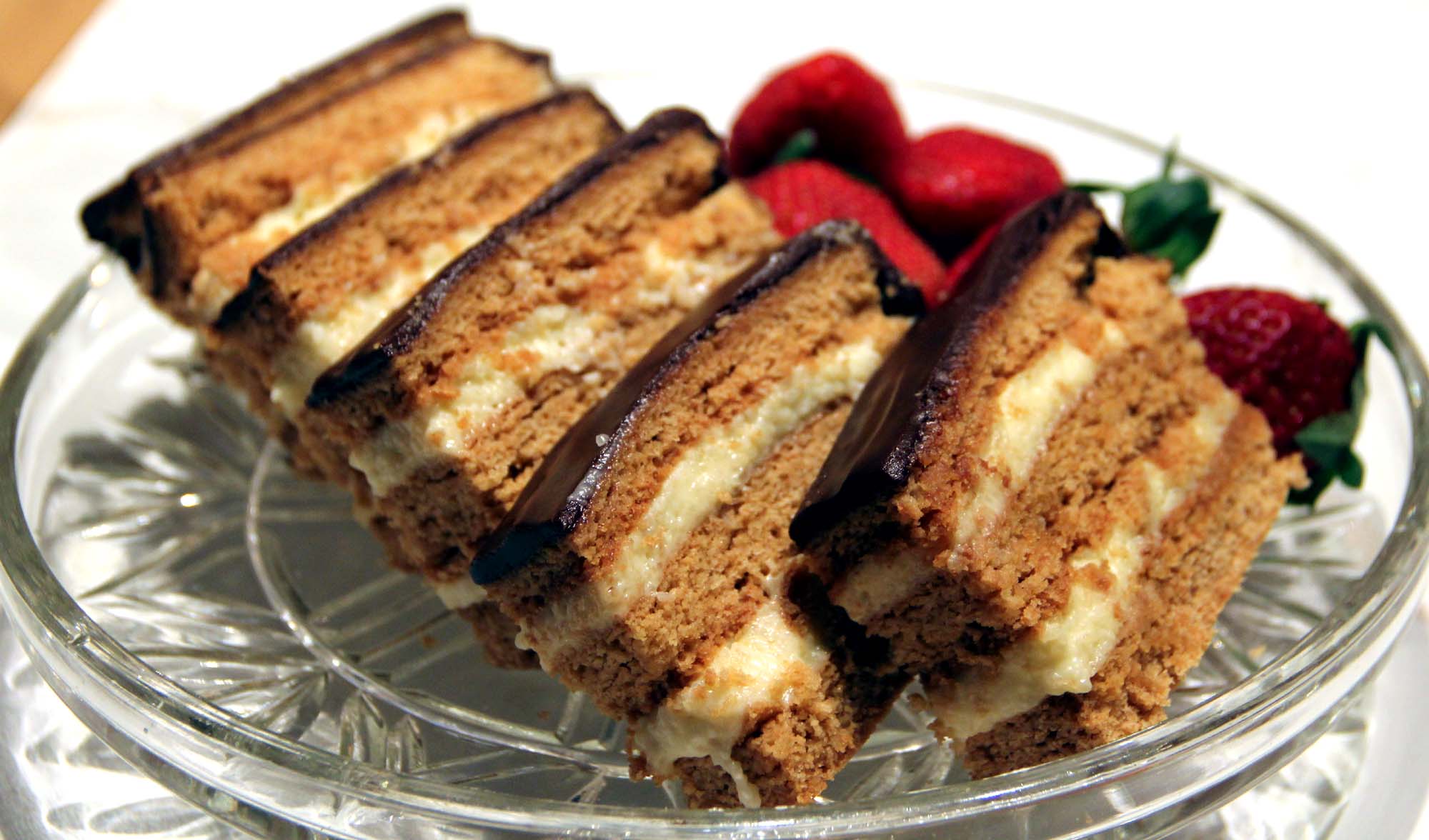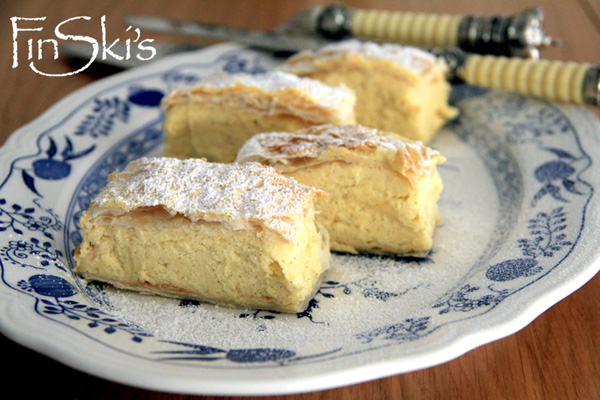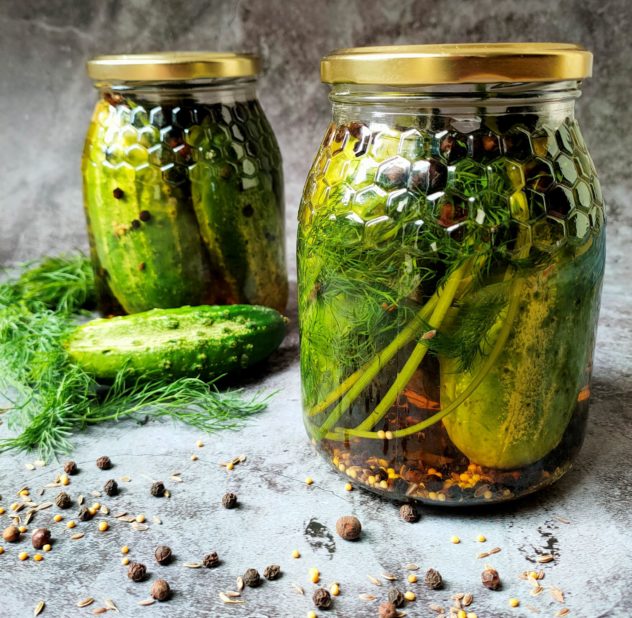
Summer means that my parents have an abundance of cucumbers and gherkins. They eat the cucumbers, the gherkins, well in good Polish tradition, they pickle them or preserve them in brine – a water solution which is flavoured with salt, pepper, garlic, horseradish, mustard seeds, bay leaves and the all important dill, is left to ferment over time. You can add chilli however I am keeping to mums basic traditional recipe.
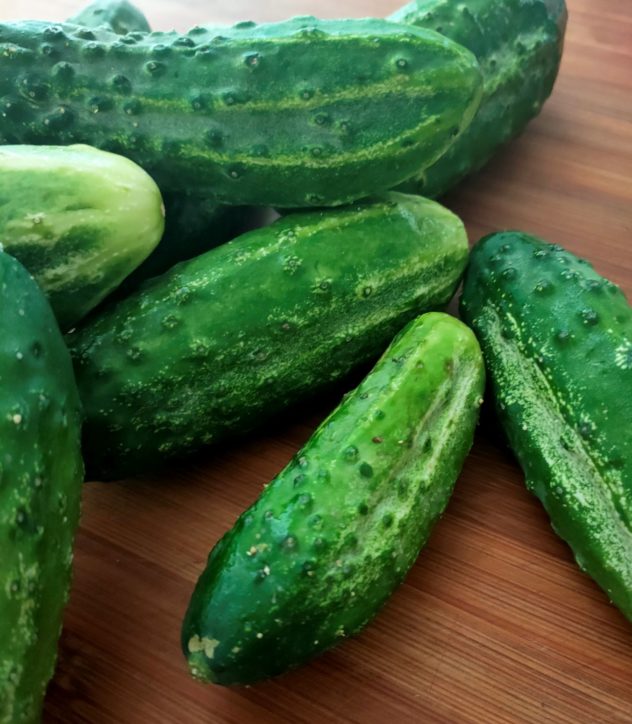 As the brine ferments they become sour in flavour and take on the spice from the garlic and pepper. Mum sometimes adds fresh horseradish if it is available.
As the brine ferments they become sour in flavour and take on the spice from the garlic and pepper. Mum sometimes adds fresh horseradish if it is available.
For fresh and crunchy gherkins you can pop open your jars on about the 4th day, if you can’t wait, however for a tangy and more fermented gherkin keep them fermenting around 2 – 4 weeks where their flavour will be bold and tangy, absolutely delish! Your brine will become a little cloudy which is absolutely ok.
After you have popped the lid and are ready to enjoy, these will keep in the fridge for up to a month….not in my house tho! Gone in a matter of days. Gherkins were a staple at my families breakfast, lunch and dinner table on a weekly basis. No Sunday brunch extravaganza would be complete without these making it to the dinning table.
Smacznego!

